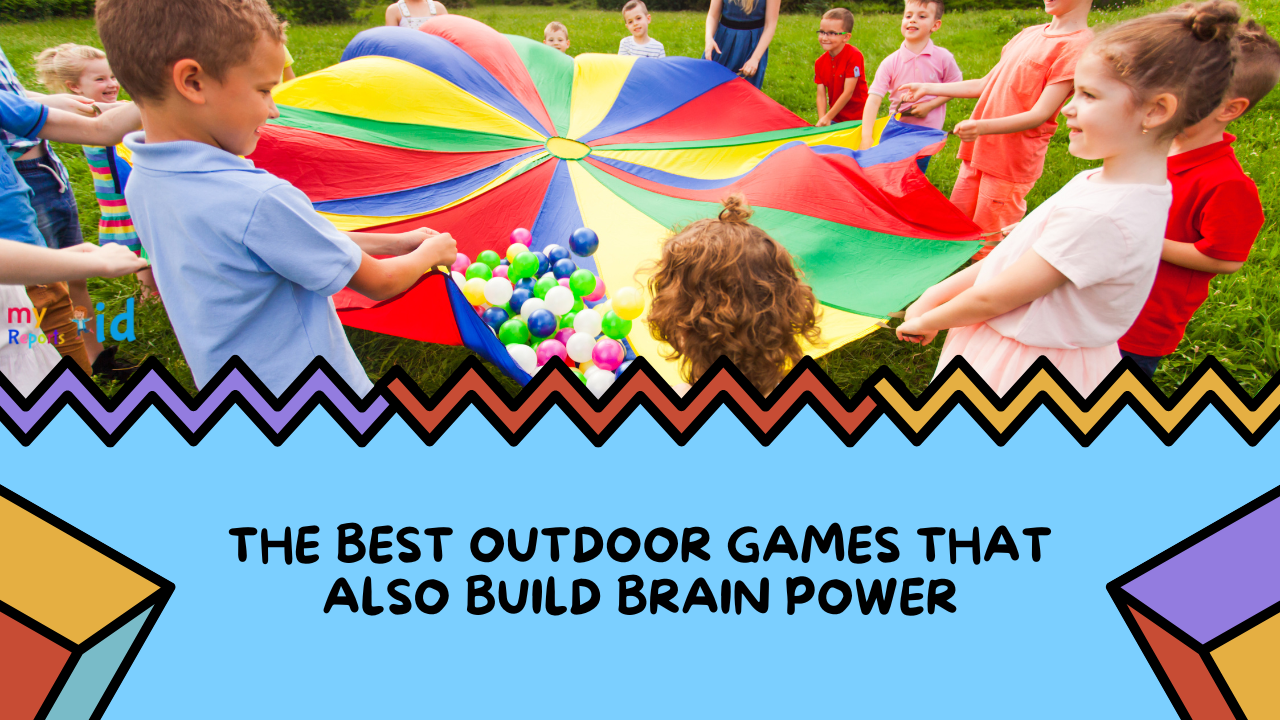As Thanksgiving approaches, it’s the perfect time to reflect on the importance of gratitude in young children. Fostering a sense of appreciation and thankfulness not only helps children develop social-emotional skills but also enhances their overall well-being. In this blog post, we will explore various strategies for teaching gratitude to preschoolers, the role of MyKidReports in supporting these initiatives, and how you can involve families in this important learning process.
The Importance of Gratitude in Early Childhood
Research has shown that gratitude plays a vital role in children's social and emotional development. According to the National Association for the Education of Young Children (NAEYC), children who practice gratitude are more likely to demonstrate positive behaviors, such as empathy, kindness, and generosity. Gratitude helps children develop emotional regulation, fosters positive relationships, and promotes a sense of belonging in their communities.
Benefits of Teaching Gratitude
- Emotional Well-Being: Teaching gratitude encourages children to recognize and express appreciation for the people and things in their lives, leading to increased happiness and reduced anxiety.
- Enhanced Relationships: Children who practice gratitude are more likely to build positive relationships with peers and adults. They learn the importance of acknowledging and valuing others’ contributions.
Social Skills Development: Gratitude helps children develop important social skills, such as sharing and taking turns, which are essential for successful interactions in group settings.
- Positive Outlook: Cultivating gratitude encourages children to focus on the positive aspects of their lives, fostering resilience and a hopeful attitude towards challenges.
Strategies for Fostering Gratitude in Preschoolers
Integrating gratitude into the daily curriculum can be engaging and fun. Here are some practical strategies for teachers to cultivate gratitude in young children:
1. Model Grateful Behavior
Children learn best by example. Demonstrate gratitude in your interactions with children and colleagues. Acknowledge their efforts and express thanks when they help or show kindness. Use phrases like, “Thank you for sharing your toys” or “I appreciate your help with the activity.”
2. Create a Gratitude Wall
Set up a gratitude wall in your classroom where children can post notes or drawings expressing what they are thankful for. Encourage them to share their thoughts during circle time, fostering a sense of community and openness.
3. Practice Gratitude Rituals
Incorporate daily or weekly gratitude rituals into your routine. This could be a “gratitude circle” where children take turns sharing something they appreciate or a “thankful tree” craft where they add leaves representing their grateful thoughts.
4. Use Storytime for Teaching Gratitude
Select books that emphasize themes of gratitude and appreciation. Reading stories like “Thank You, Mr. Panda” by Steve Antony or “Bear Says Thanks” by Karma Wilson can spark discussions about gratitude and inspire children to think about their own thankful moments.
5. Engage in Service Projects
Involve children in simple service projects, such as making cards for local heroes or gathering food for those in need. These activities help children understand the value of giving back and expressing gratitude for what they have.
6. Encourage Family Involvement
Send home gratitude activities for families to engage in together. This could include a family gratitude journal where they document things they are thankful for each week, reinforcing the importance of gratitude at home.
How MyKidReports Supports Gratitude Initiatives
MyKidReports is designed to facilitate communication and engagement between educators and families, making it a powerful tool for promoting gratitude in early childhood settings. Here are a few ways MyKidReports enhances your efforts to foster gratitude:
1. Sharing Gratitude Activities
Teachers can use MyKidReports to share gratitude-themed activities and rituals with parents. This ensures families are aligned with classroom initiatives and encourages them to practice gratitude at home.
2. Documenting Children’s Growth
Through MyKidReports, teachers can track individual children’s participation in gratitude activities. Documenting progress helps staff see the impact of these initiatives on social-emotional development, allowing for tailored support for each child.
3. Celebrating Achievements
Celebrate children’s achievements and acts of kindness through MyKidReports. Highlighting moments of gratitude, such as when a child helps a friend or shows appreciation, reinforces positive behaviors and encourages continued practice.
4. Facilitating Communication
MyKidReports makes it easy for teachers to communicate with parents about their child’s experiences and progress in developing gratitude. Regular updates and feedback strengthen the partnership between home and school.
Real-Life Example: Integrating Gratitude at Rainbow Learning Center
At Rainbow Learning Center, educators have successfully integrated gratitude practices into their daily routine using MyKidReports. Each week, teachers share gratitude activities and update parents on children’s reflections through the platform.
A teacher at Rainbow Learning Center shared, “MyKidReports has made it so much easier to involve parents in our gratitude initiatives. They love seeing their kids’ progress, and it creates a sense of community where everyone is focused on fostering kindness and appreciation.”
By using MyKidReports to document and share these experiences, Rainbow Learning Center has seen a marked improvement in children’s social skills and emotional well-being.
Frequently Asked Questions:
1. How can I introduce gratitude to young children?
Start by modeling grateful behavior and incorporating simple activities that encourage children to express appreciation, such as gratitude circles or crafts.
2. What are some suitable books for teaching gratitude?
Consider reading “Thank You, Mr. Panda” by Steve Antony or “Bear Says Thanks” by Karma Wilson, which feature themes of appreciation and sharing.
3. How can MyKidReports help with gratitude activities?
MyKidReports allows teachers to share gratitude initiatives, document progress, and communicate with parents, ensuring a cohesive approach to fostering gratitude in children.
4. How can we involve families in gratitude practices?
Send home gratitude activities that families can do together, such as a gratitude journal or shared gratitude circles during family time.
5. Are there specific age-appropriate activities for teaching gratitude?
Yes! Activities like gratitude trees, thank-you notes, and service projects can be tailored to suit various age groups, making gratitude accessible and engaging for all.


.png_1747944289579.png)


